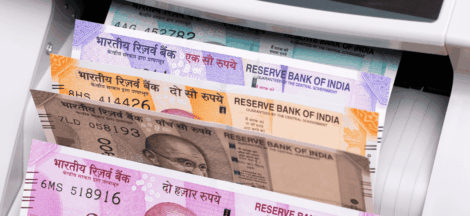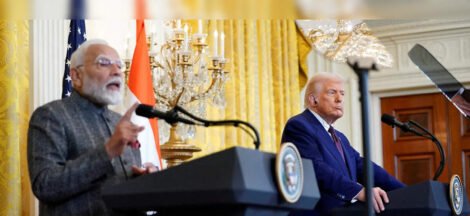MUMBAI: The Reserve Bank of India on Thursday provided an additional month to comply with directions on exchange traded currency derivatives while aiming to quell speculation about the status of mandatory underlying contracts. This comes after recent market turbulence sparked by uncertainty over the need to prove that trades were being done for hedging purposes.
In view of feedback received and recent developments, it had been decided that the latest directions on exchange traded currency derivatives (ETCD) would be applicable from May 3, 2024 instead of April 5 as was said in a January 2024 circular, the RBI said.
“In the recent period, some concerns have been expressed about participation in the exchange traded currency derivatives (ETCD) market in light of the Reserve Bank of India’s A.P. (DIR Series) Circular No. 13 dated January 05, 2024,” the central bank said on Thursday.
The central bank said that while hedging trades could be done up to $100 million without producing underlying contracts, they would have to be backed by them. The RBI’s statement came after a recent scramble from retail players to unwind positions due to uncertainty over the need to prove valid underlying contracted exposure ahead of the earlier deadline of April 5.
The recent volatility had been sparked by the inclusion of a note to the RBI’s directions in its January 2024 circular. The note said that recognised stock exchanges shall inform users that while they are not required to establish the existence of underlying exposure, they must ensure the existence of a valid underlying contracted exposure.
“As hitherto, participants with a valid underlying contracted exposure can continue to enter into ETCDs involving the INR up to a limit of $100 million without having to produce documentary evidence of the underlying exposure,” the RBI said on Thursday.
The RBI emphasised that the regulatory framework for ETCDs had remained consistent over the years and that there was no change in the central bank’s policy approach.
The central bank referred to a circular dated June 20, 2014, pointing out that while the central bank had permitted users of ETCDs to take positions up to a limit without providing documentary evidence, it had not provided “any exemption from the requirement of having the exposure.”
“Accordingly, users are expected to ensure compliance with the requirement of having underlying exposure. The limit of $10 million per exchange was subsequently amended and currently stands at a single limit of $100 million combined across all exchanges,” the RBI said on Thursday.
While larger players like foreign portfolio investors are largely unaffected by the developments, retail players, proprietary traders and brokerages have been rapidly squaring off positions due to inability to comply with the provision for ensuring existence of valid underlying contracted exposure. Retail players and proprietary traders make up the bulk of the volumes for exchange traded currency derivatives.
Source: The Economic Times


